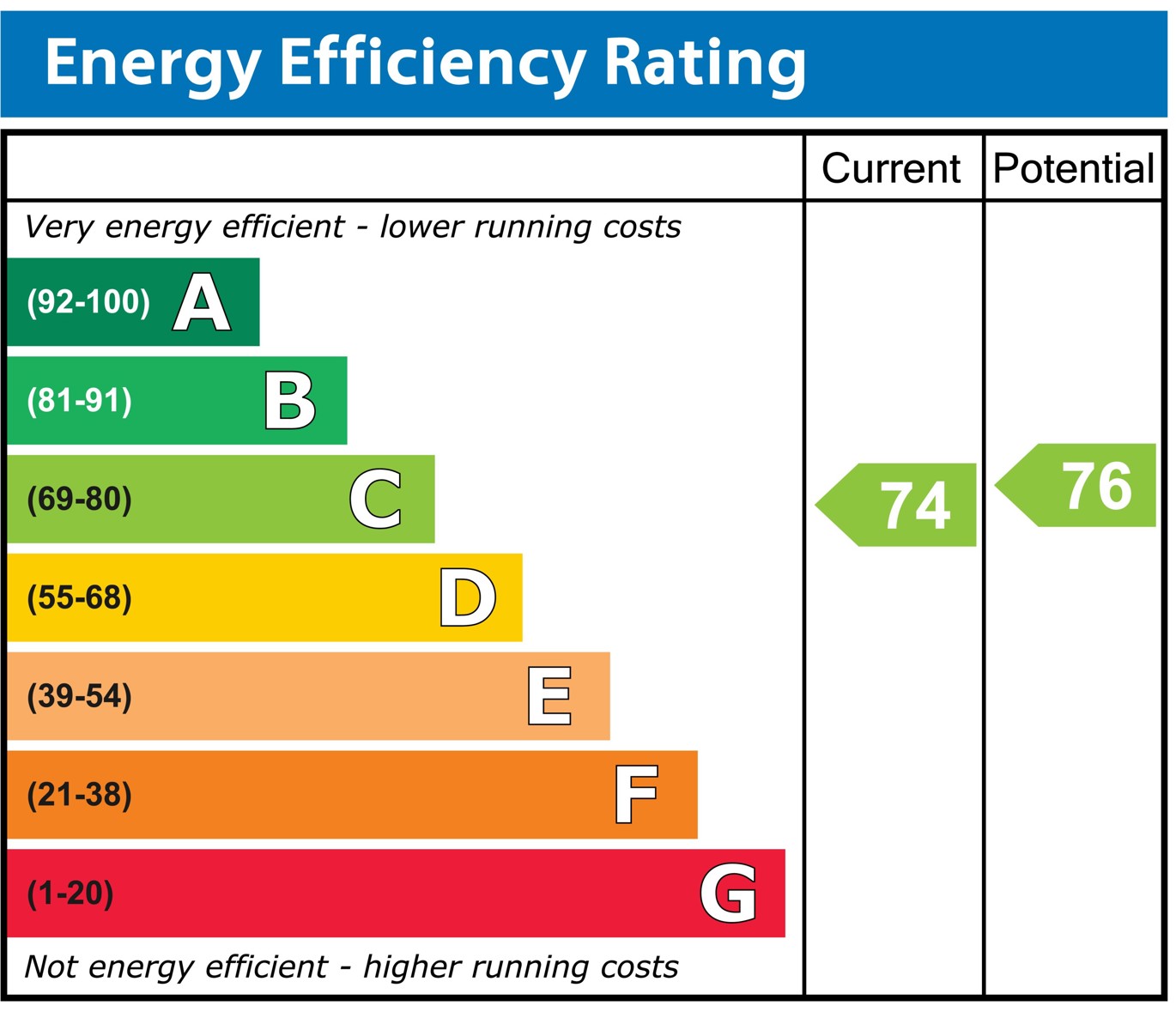In the UK, an Energy Performance Certificate (EPC) is legally required when letting or selling a residential property to indicate its energy efficiency and environmental impact. To produce a new or up-to-date EPC, owners need to carry out The Standard Assessment Procedure (SAP).
Since 2002, SAP has been the recognised method of calculating data for an EPC and therefore demonstrating compliance with Part L (England and Wales), Section 6 (Scotland), and Part F1 (Northern Ireland) of the building regulations, Conservation of Fuel and Power, for new and existing buildings.
Find out more below.
What Are SAP Calculations?
SAP uses a notional building to compare the actual dwelling being designed – checking energy consumption, emissions, and fabric efficiency do not exceed the required levels of Part L. SAP calculations must be carried out using an approved SAP software, this being built on an “engine” approved by the BRE.
The calculation must also be conducted by a certified SAP Assessor, ensuring all calculations are subject to the QA process through the government-approved certification process.
Do I Need SAP Calculations?
An SAP calculation is the only way of demonstrating compliance with Part L of the Building Regulations, and compliance with all elements of BRs is a statutory requirement.
Specifically, SAP calculations are only necessary for residential properties and are primarily used to generate a new or updated EPC before selling or letting the property.
How Do You Calculate SAP?
A certified SAP assessor will enter the dwelling details into the approved SAP software, including geometry, fabric details, heating / cooling elements, and other energy consumption and renewables. The SAP engine then processes these inputs and produces a result, ultimately showing a Pass or Fail.
In the case of the latter, a redesign with remedial measures will be required. A valid SAP calculation carried out during the design stage can be given to Building Control to show compliance with Part L.
Is an SAP the Same As an EPC?
The Energy Performance Certificate (EPC) is an output from the SAP calculation, which is produced at the As-Built stage of the construction process.
It shows, relative to other properties, the notional running cost of the dwelling expressed as a Band A to G – A being the lowest cost (highest efficiency) and G being the highest (lowest efficiency).

What is The Home Energy Model?
Within the consultation for Future Homes Standard, (FHS), SAP is being replaced by the Home Energy Model (HEM). This will work similarly to the SAP, with some developments for more detail around occupancy, weather data, and heat loss from sources such as pipe runs.
The HEM tool currently available within the consultation suggests that the required calculations will be more involved, take more time, and therefore cost more to complete. Specifics on the efficiencies and other advantages of individual HEM solutions are yet to be seen.
How Will HEM Affect Future Energy Rating Regulations?
Conservation of Fuel and Power, Approved Document L, is part of the Government’s carbon reduction strategy to reduce emissions from all buildings. It is an important contribution to the UK’s wider sustainability targets, specifically that all emissions are to reach net zero by 2050.
Like all iterations of Part L, HEM will affect future domestic building energy efficiency - outlining the specification of the notional dwelling on which all future dwellings will have to be based. Within HEM is an ASHP, making gas boilers increasingly difficult to comply with, alongside a fabric specification, reduced airtightness targets, and potential provision for PV.
SAP & HEM Calculations by Stroma Built Environment
Stroma Built Environment has been at the forefront of energy assessment since the inception of Part L. We have assisted clients in complying with practical advice and provided holistic, pragmatic solutions for SAP calculations. With the advent of HEM, we have run scenarios using the available tool within the consultation to inform various clients of likely outcomes.
